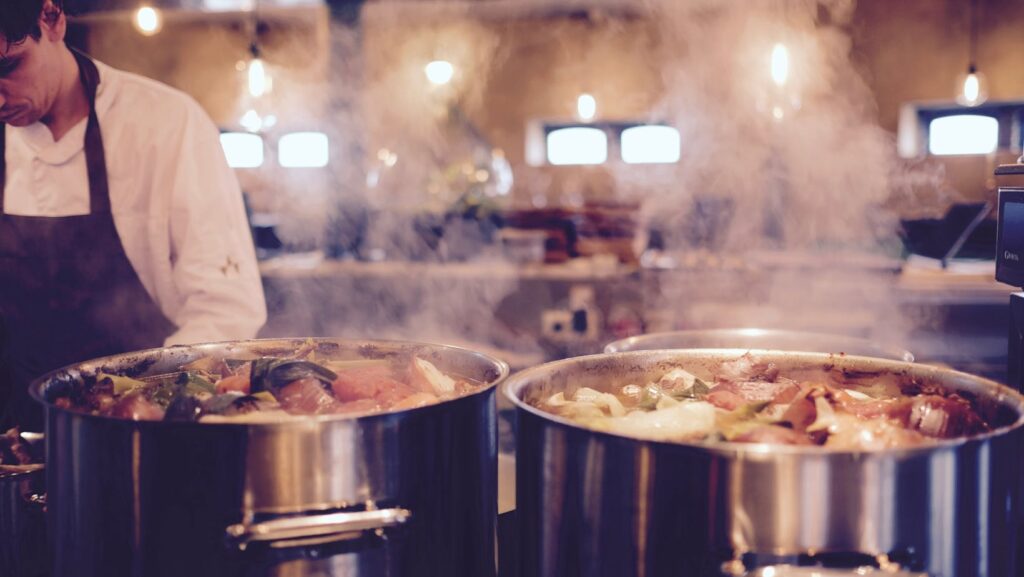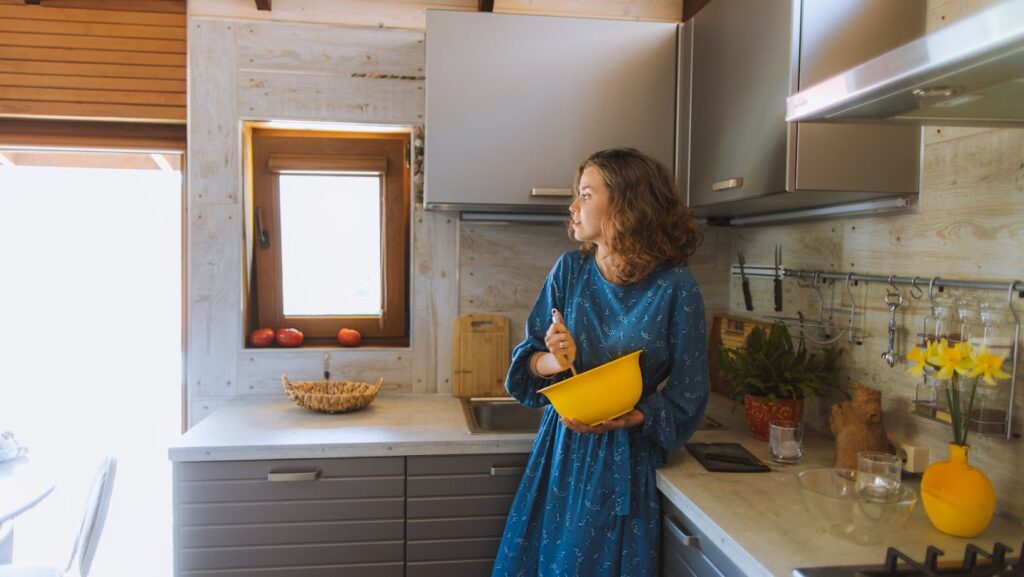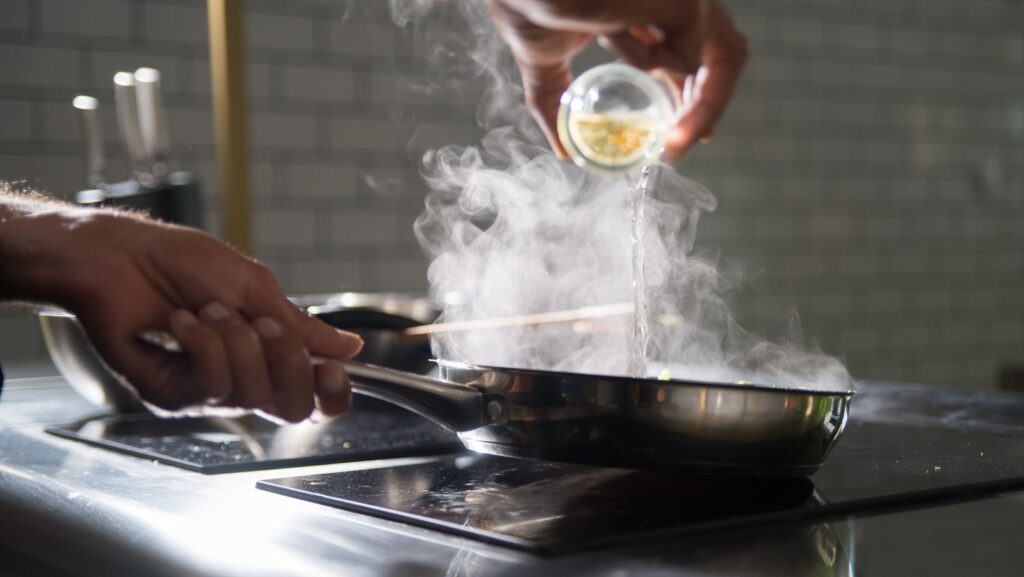Ever wondered how your favorite restaurant dishes taste so divine? It’s not just about the ingredients, but also the magic of cooking techniques. From searing to sous-vide, poaching to pan-frying, the culinary world is brimming with methods that can transform your home-cooked meals into gourmet delights.

Cooking Techniques List
Relishing the delightful taste of restaurant dishes frequently prompts the question: what’s the secret? In most cases, it’s a complex combination of cooking techniques. Let’s embark on a journey to explore various cooking methods you can introduce in your kitchen.
Dry Heat Cooking Methods
Dry Heat Cooking epitomizes techniques that involve high heat and no water. This process caramelizes the food surface, imparting a sweet flavor and brown color. Some prominent examples of this method are:
- Roasting: Uses an oven’s dry heat to cook the food evenly on all sides.
- Grilling: Requires steady flames to cook food, often resulting in a distinct smoky flavor.
- Searing: Often used for browning the surface of meats to lock in flavor before cooking them fully with another method.
Concocting dishes using dry heat methods often results in a tasty, caramelized exterior and a fully cooked interior.
Moist Heat Cooking Methods
Unlike dry heat methods, Moist Heat Cooking involves cooking with steam or boiling liquids. It’s a great technique for keeping food tender and preserving its nutrients. Here are some common techniques you can incorporate:
- Poaching: A gentle technique, used for delicate foods like eggs, where food is submerged in a liquid kept just below boiling point.
- Steaming: A method where food is cooked using the steam rising from boiling water. It’s your choice for preserving food nutrients while cooking.
- Simmering: Involves cooking food in hot liquids kept just below the boiling point and is often used for soup.
Implementing these techniques ensures your meals are not only delicious but also nourishing.
Combination Cooking Techniques
Combination Cooking, as the name portrays, blends both dry heat and moist heat methods. By commencing with a dry heat method and concluding with a moist heat method, a food is rendered an exquisite texture and flavor. Most commonly used combination methods include:
- Braising: Involves searing food at a high temperature, then finishing it in a covered pot at a lower temperature with some amount of liquid.
- Stewing: Similar to braising, but typically uses smaller, uniform pieces of food. The food is first seared, then simmered in liquid over low heat for a long time.
Adopting these combination techniques invites the opportunity for your home-cooked meals to mimic the gourmet delights found in restaurants.

The Importance of Proper Technique in Cooking
Enhancing Flavor and Texture
Mastering various cooking techniques can dramatically enhance the taste and texture of your meals. Consider sous-vide, an advanced technique mentioned previously. It provides perfect control over temperature, leading to consistently well-cooked and tender dishes. An example is a chicken breast, which, when cooked sous-vide style, emerges uniformly juicy unlike conventional methods that risk overcooking.
Similarly, dry heat methods, such as roasting and baking, offer a unique way to intensify and caramelize flavors. Try roasting vegetables like Brussels sprouts or carrots, and you’ll notice a depth of flavor unachievable through boiling or steaming.
Remember, the proper use of these techniques is vital. Lack of understanding can result in poor texture, such as an overly dry turkey or a tough steak.
Promoting Healthy Eating
Proper cooking technique doesn’t just enhance flavor and texture, it also promotes healthy eating. Steaming, for instance, is a moist-heat cooking method that maintains the integrity of vitamins and minerals, making it ideal for cooking vegetables.
In contrast, frying, a high-fat method, tends to degrade nutrients and can introduce unwanted calories. Besides, over-frying can produce unhealthy compounds.
Then there’s sous-vide, which eliminates the need for added fats and preserves nutrients due to its low-temperature and vacuum-sealed process. Additionally, smoking and curing, if done properly, can tenderize and flavor foods without needing excess salt or fat.
So, understanding these techniques will not only help you prepare meals that excite your taste buds, but also maintain their nutritional balance. This insight is a testament to the importance of proper cooking technique.
Remember, great cooking is a blend of art and science, and you’ve got the blueprint right here. Happy cooking!
